Founded in 2005, New Forests is a sustainable real assets investment manager focusing on generating positive impact alongside financial returns in conservation, rural land management and sustainable forest plantations.
New Forests manages multiple funds investing in sustainable forestry across Southeast Asia, New Zealand, Australia and North America. Its investments include brownfield plantations, greenfield developments, processing facilities and conservation finance projects. Institutional investors typically invest in New Forests funds.82
New Forest’ Tropical Asia Forest Fund (TAFF) was the first sustainable forestry fund for institutional investors in Asia.83 It is focused on sustainable plantation forest management in Southeast Asia and had a final close in 2013 at $170 in capital commitments.84 New Forests is currently developing the Tropical Asia Forest Fund 2 (TAFF2), its second fund focused on sustainable forest plantations in Southeast Asia. It will invest in high sustainability plantation forestry in Indonesia, Laos, Cambodia, Vietnam, and Malaysia. TAFF2 will target investments where active investment management can add value and support the transition of Southeast Asia’s forest industry toward sustainable forest management, and support the development of the whole industry in terms of training, high-quality resourcing, silviculture, information and business systems, and ESG performance. A blended finance structure will help support impact outcomes in climate change mitigation, biodiversity, and community engagement and development. TAFF2 expects to have its first close in early 2021.
Across its portfolio, New Forests manages approximately 1 million hectares of lands and forests. In Asia, this includes PT Hutan Ketapang Industri, a large scale Indonesian FSC certified rubber plantation; Mekong Timber Plantations, an FSC certified eucalyptus plantation in Laos; and Acacia Forest Industries, an FSC certified eucalyptus plantation in Sabah, Malaysia.85
82 ‘New Forests’. n.d. New Forests. Accessed 18 September 2020. https://newforests.com.au/.
83 ‘New Forests Fund’. n.d. Partnerships for Forests. Accessed 29 September 2020. https://partnershipsforforests.com/partnerships-projects/new-forests/.
84 ‘New Forests Announces Final Close of the Tropical Asia Forest Fund with $170 Million of Capital Commitments and Completes Fund’s First Transaction’. 2013. New Forests (blog). 2013. https://newforests.com.au/wp-content/uploads/2013/03/20130703-New-Forests-Final-Close-of-Tropical-Asia-Forest-Fund.pdf.
85 ‘New Forests’. n.d. New Forests. Accessed 18 September 2020. https://newforests.com.au/.




